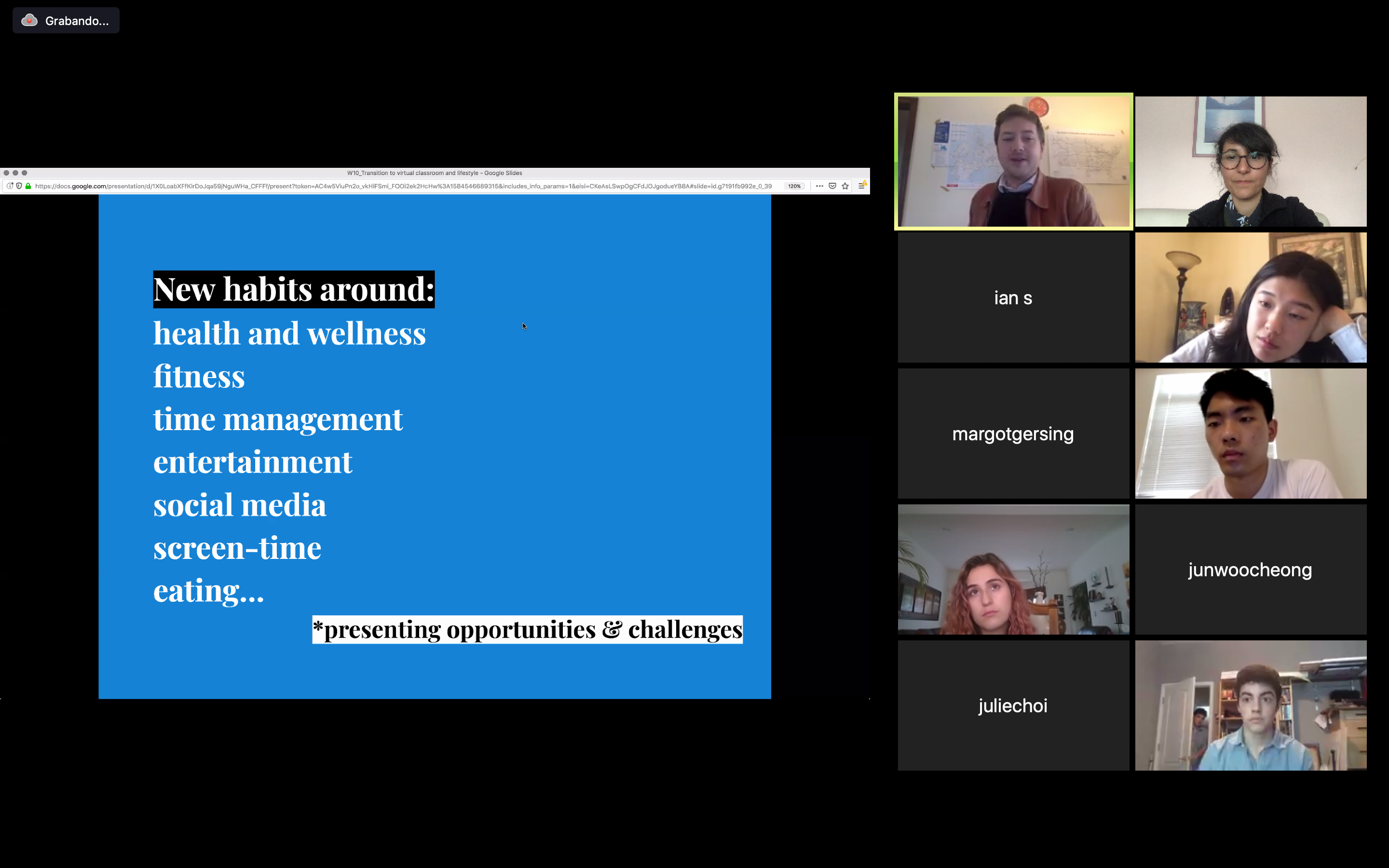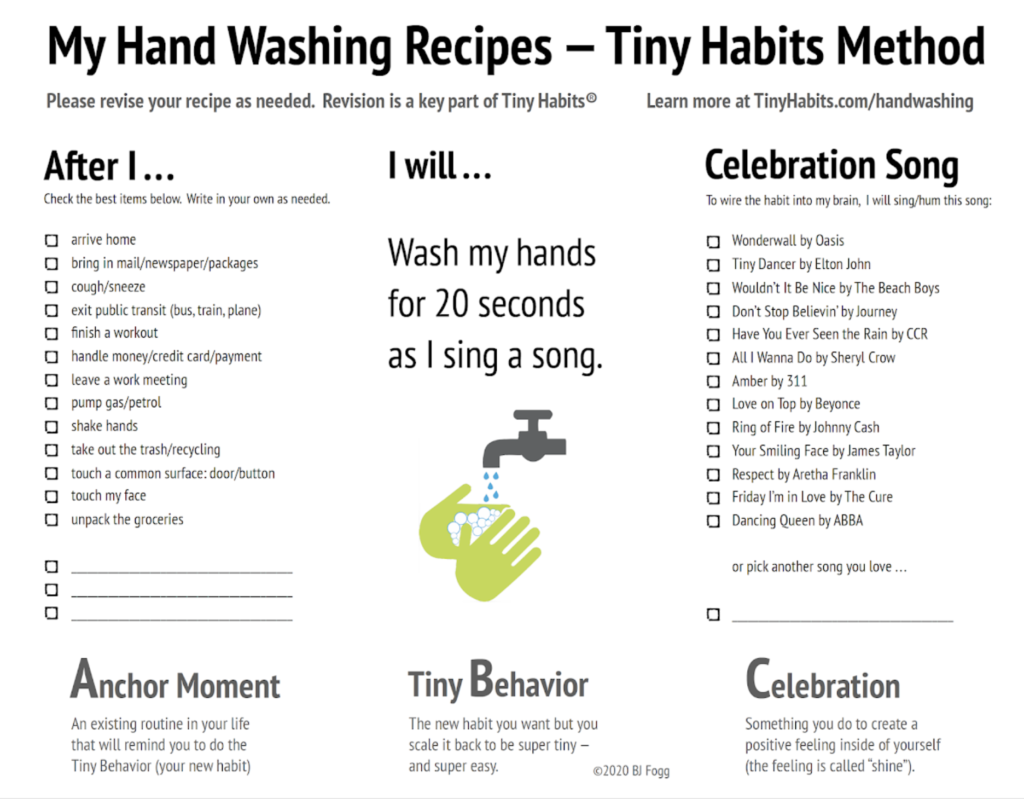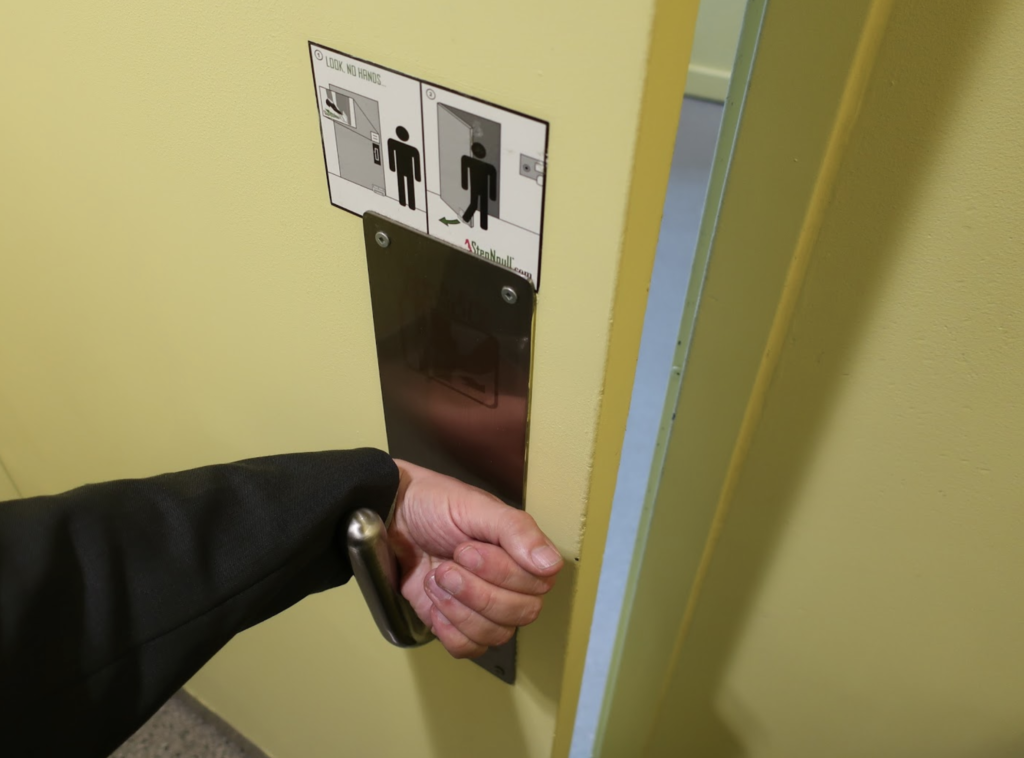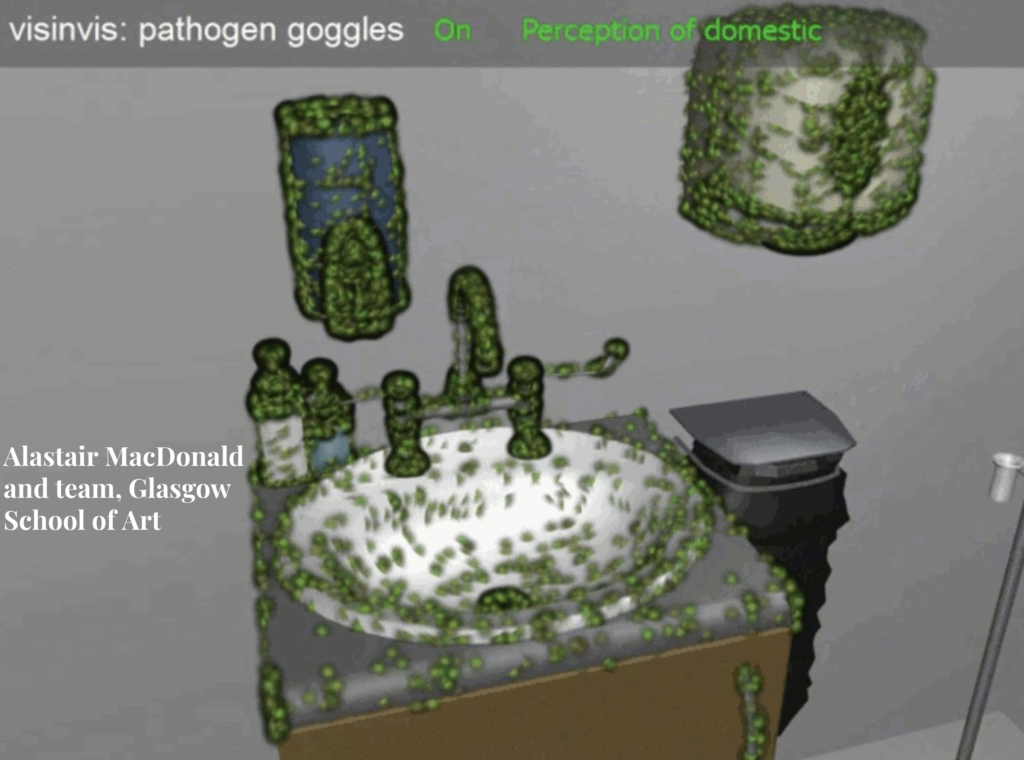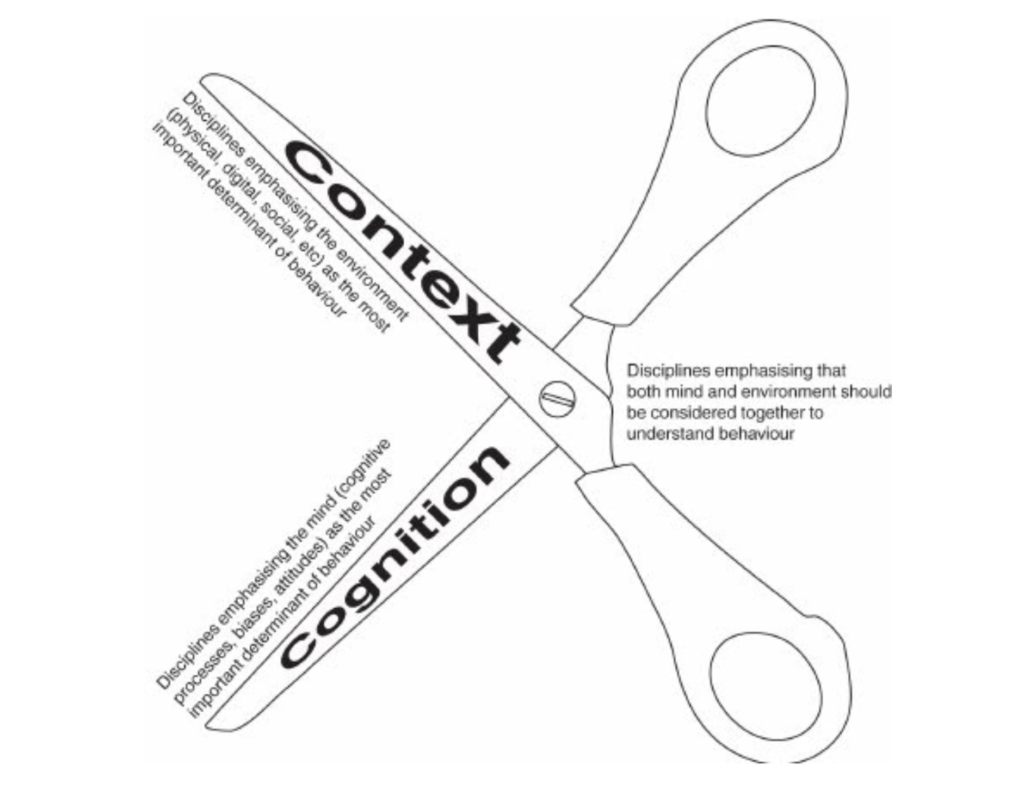Today’s class constituted the first one in our new virtual format. Upon returning from Spring Break, the world has changed dramatically, having a global pandemic being declared by the WHO in relation to the spread of the COVID-19 virus.

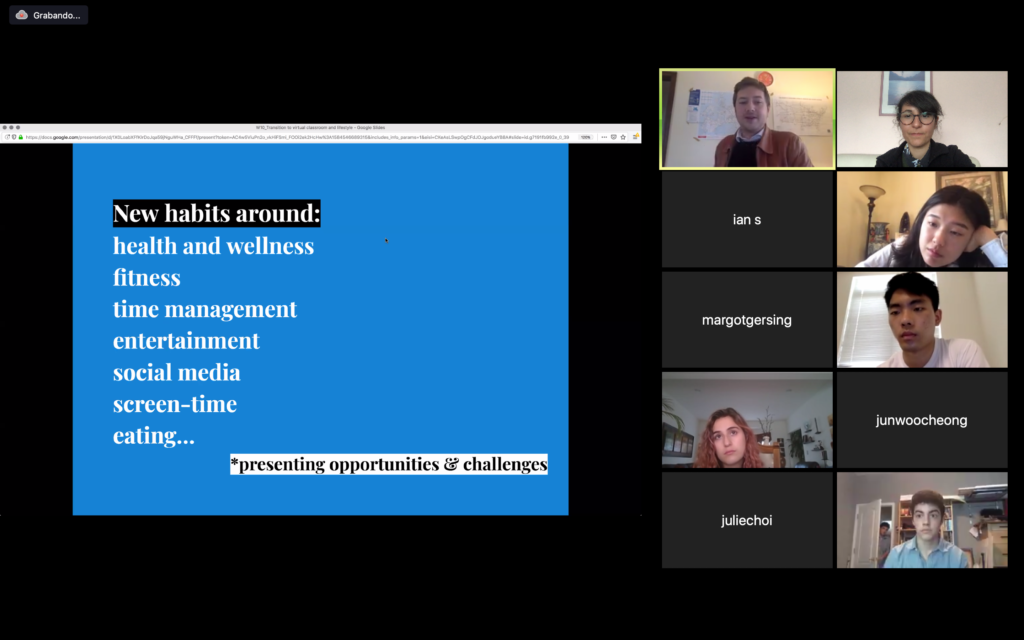
We used the opportunity of this first class to discuss the mindset in which we’ll be working for the rest of the semester, by focusing on continuing our work while first, looking after each other and making sure our priorities and different needs are first secured. We recognized that our class space is the opportunity most junior students have to connect to each other as a whole cohort, so our intention is that this space can offer all an opportunity to do that. To keep learning and developing our skills, we must first be healthy and well, and mental and emotional wellbeing is, arguably, one of the main aspects to focus on while our lives and communities face many challenges and changes.
Given the opportunity that this global shock offers, we tried to look at and reflect upon the different ways in which our lives are both being changed and require us to work on changes to better adapt to the new realities. Today’s lecture focused on looking at our new habits and lifestyles from the lens of Persuasion. We asked questions about how have things influenced us in the past few days, either media, spaces, technology, people’s behavior etc. We particularly looked at examples of grocery hoarding, waiting in lines, greeting and social distancing strategies, interacting with objects and the whole built environment in a time where every single action or non-action could constitute a potential risk of infection.
We also acknowledged the different opportunities that arise out of this crisis, especially the ways in which designerly skills or outcomes may be gaining relevance in some areas (certain innovations in products, services and communications), and how, given this global reconfiguration, others might be needed or will have the opportunity to show their relevance and potential as we need to revise our daily habits around: health, wellness, fitness, eating, entertainment, use of technology, time management and a long etcétera. As new practices start to emerge at all levels, we could say that this represent opportunities for design projects.
Finally, we looked at different approaches and examples on how Design has addressed similar challenges to try and influence behavior around health or hygiene habits, especially around washing hands as in examples of BJ Fogg’s Tiny Habits and his Behavior Model or a corporate response, influenced by marketing in the case of Lifebuoy’s educational Help a Child Reach 5 campaigns. On the other hand, we looked at other ways in which design has addressed the development of tools and experiences to identify and remove barriers from the desirable behavior, or to raise awareness through immersive digital experiences.
We ended the reflection considering how we could think about persuasion in design as involving both cognition (how people think, what they know) and context (what the physical environment, and social situation, are like), and by adopting Herbert Simon’s decision making scissors model, seeing how behavior involves both realms in varying and complex degrees of interaction.
To put and end to the class, and to bring attention to our habits, we shared a video from Alan Partridge on the topic of washing hands, as a pinch of British comedy.
Here it is:
